Yawning valleys, fluttering pray flags and colourful homes dotted on mountain slopes — it is not without reason that Sikkim is known as one of the last Himalayan Shangri Las
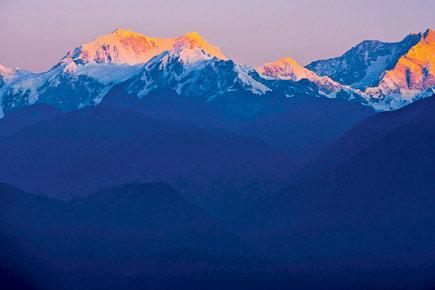
It is past midnight when two friends and I sit at the edge of a defunct fountain outside a hotel in Pelling in West Sikkim. A two-day strike has been announced in the state — all modes of transport have shut down, come morning, every shop will be desolate and the policemen will not take too kindly to stragglers. We are locked in, and thrilled at the prospects.
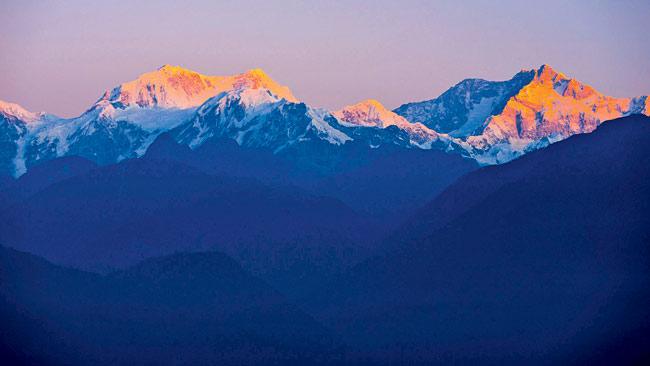
The strike hasn’t addled our brains, lest we be accused of being delirious. We hatch grand plans, rub palms conspiratorially (it’s the cold, that too) and wait for the morning.
ADVERTISEMENT
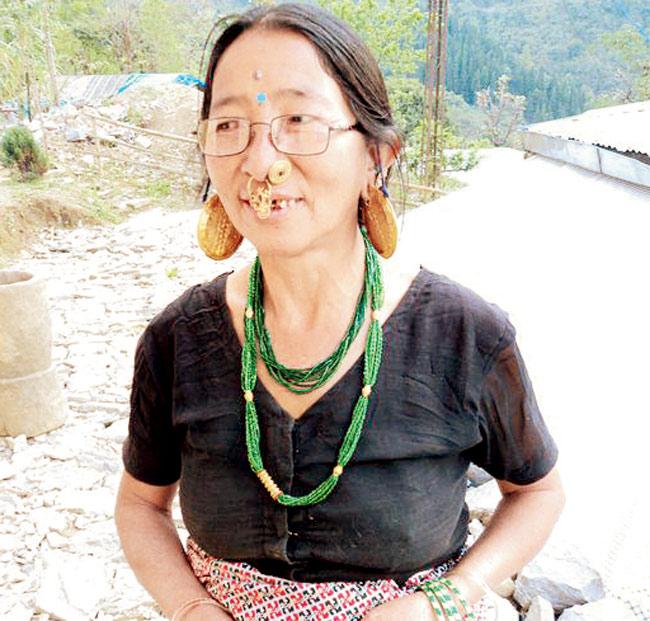
Our Darap homestay’s host, Indra Subba and his mother (above) rustle up delicious meals made from flowers and other plants picked from a forest nearby
At daybreak, we stand at one of the many abandoned construction sites (another would-have-been hotel, no doubt) and admire the leviathan Khangchendzonga. It comes to us then — Pelling usually swarms with tourists just so they could have this one moment to themselves. Unparalleled views of the Khangchendzonga — molten gold at sunrise, icy blue till dusk and grandfatherly in mien — are this town’s raison d’etre.
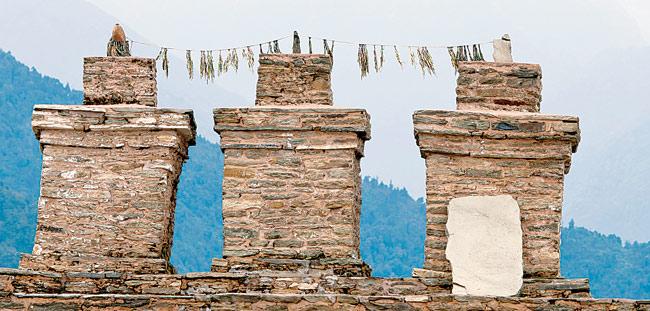
The ruins of Sikkim’s ancient capital, Rabdentse
Keep calm, and don’t plan
We sneak into a chaiwallah’s home for tea (by invitation, of course), who tells us something we know by now — the famous Yuksom-GoeCha La trek is out of the question, as are our plans to take off to Sikkim’s capital Gangtok to check out the famed Rumtek Monastery. “The only place left around here is this hamlet, Darap. Indra has just finished building his homestay,” he smiles. We prick our ears up, and 10 minutes later, Darap is on our itinerary.
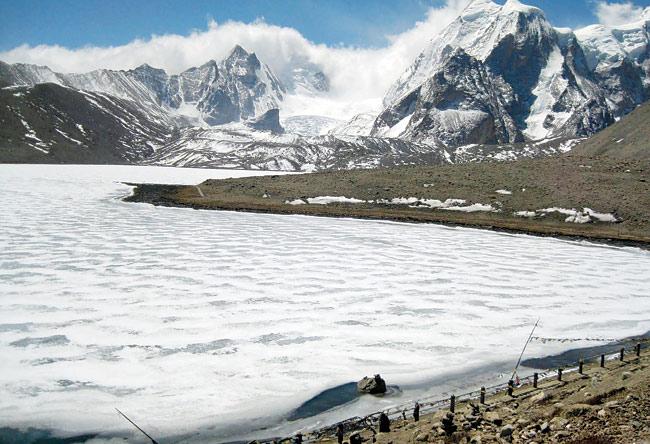 Gurudongmar Lake in north Sikkim. Pics/ Aditya Kandala, Kareena Gianani & Thinkstock
Gurudongmar Lake in north Sikkim. Pics/ Aditya Kandala, Kareena Gianani & Thinkstock
We spend a day hiking in and around Pelling, and it feels like we have the town all to ourselves. It is a luxury, of course, the tranquility of Pemayangste Monastery and the higgledy-piggledy route leading to the ruins of Rabdentse. Plaques in and around this elusive site tell us that Rabdentse was the second capital of the Kingdom of Sikkim between 1670 and 1814. What is left of this troubled empire are three chortens (Tibetan monuments) which mark the prayer site of the Sikkim royalty back then.
The next day, we begin our hike to Darap, with the all-seeing Khangchendzonga standing resolutely to our right. The chaiwallah was quite right — after a seven-km-long walk, we enter a hamlet where time doesn’t quite seem to move at the same pace. Darap is idyllic, and it seems all conversations here take place in hushed tones somewhere inside the modest, one-storey homes. Soon, we meet Indra Subba, our host for the night, who takes us to his homestay.
At home
Indra’s homestay comprises a long dining hall and numerous windows to seduce the sunlight. He has furnished it with intricately-carved furniture chosen during his many trips to Gangtok. The log cabin outside, which will be our home for the night, has been designed and built by Indra and his friends. The food, he tells us, will come from “there”, pointing to the floor.
We think he is referring to a meal of tubers and roots. Indra, however, asks us to follow him as he takes the stairs descending from the dining hall. In an underground kitchen, Indra’s mother has congregated neighbours to help her cook our meals for the day. We decide to babysit their children but are politely asked to take the time off (lullabies hummed on tunes of love songs don’t go down well with babies).
Over dinner, Indra tells us that he was a mountaineer and helped travellers trace many an ambitious peak in the Himalayas. “But soon,” he tells us, “it was time to make a choice between doing what I loved and spending time with my family. So here I am.” He knows he has an arduous journey ahead. Many homestays are coming up in Darap, but it remains a place for people who yearn for solitude. It is for those who delight when a short walk in any direction abruptly leads you to a pitch-dark forest and where fireflies dance to music meant only for their ears. “We can only hope that tourists from Gangtok and Pelling drop by,” says Indra.
We tear ourselves from Darap a day later and head to Gangtok to get permits to North Sikkim. Once they arrive, we take off with Sonam, our driver whose sartorial punch — goth, rock and uber cool — leaves us feeling rather scruffy. I think our collective silence suits him just fine. Sonam manoeuvres deadly cliffs and landslide-happy hills at nothing lesser than 60km/hour — we agree that fervent prayers would come in handy, and he needs Akon’s thumping music to prevent him from falling asleep at the wheel.
At Gurudongmar Lake
Let no one tell you can have enough of Gurudongmar Lake, which must be accessed through the twin, quaint villages of Lachen-Lachung after a nine-hour drive from Gangtok. The altitude at 15,000 feet could be punishing for some, but when I step out of the jeep and walk up to the lake, I know why we are here —Gurudongmar Lake knows no fixed states of matter.
I cannot fully believe anyone who says that the vast lake is indeed liquid, because I can swear it looks frozen. Or that it isn’t clouds which are a few feet away from us, that it is mist. Here, the five senses are an entirely subjective matter, and I do not know of many places which can be so phantasmic.
On our way back home, I press rhododendrons in my book (the fallen ones only — picking one would have invited Sonam’s wrath), shop for souvenirs at Gangtok and take in the sounds and smells of a city which just does not rest. But when I think Sikkim, what really comes to mind is a lone cabin in a shy village, fireflies and private conversations, and the loss of senses somewhere high up.
 Subscribe today by clicking the link and stay updated with the latest news!" Click here!
Subscribe today by clicking the link and stay updated with the latest news!" Click here!







